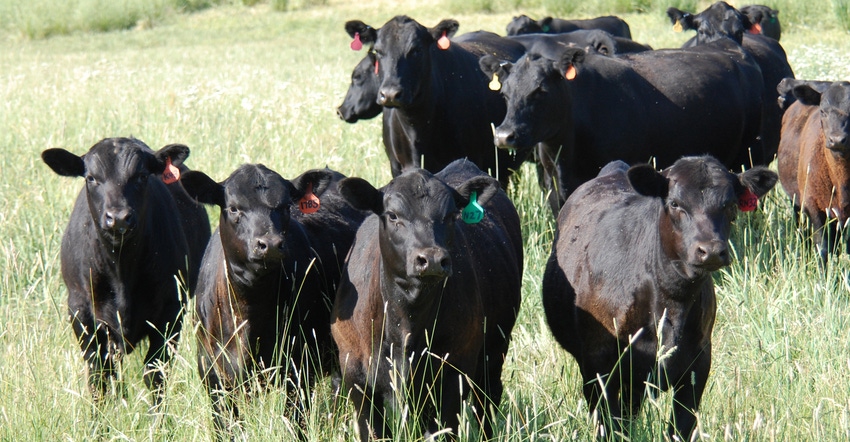
Livestock producers are enjoying robust demand and the future overall looks positive, but producers should be aware that the American economy could see a slowdown in 2020 and even a recession by 2021, according to Cattle Fax analyst Randy Blach.
“I’m not saying it is likely, but recession needs to be on the radar,” he said in an interview following his market presentation at this year’s Kansas Livestock Association annual convention in Wichita. “I think it is overdue. I don’t expect it to be long or severe, but it is a possibility.”
The biggest risk factor in the industry at the current time is the spread of African swine fever. The disease has wiped out half of the hog herd in China, which holds 20% of the global pork supply. Chinese consumers’ meat diet has traditionally been 88% pork, 18% poultry and 13% beef, he said.
The U.S. exports about 17% to 18% of the pork produced here, about 60 billion pounds per year, and Blach said he believes that will potentially grow as well as exports of poultry and beef.
“There is optimism that there will be a China trade deal soon, and that will mean growth for meat exports,” he said. “The U.S. is a production machine. We produce the highest quality, safest supply in the world. If we have a level playing field, we will win.”
Blach said the shortage of homegrown pork in China is a strong indicator that there is room for export growth, but there is a caveat.
“I think we have to keep in mind what happens if we get ASF in the United States,” he said. “If that happens, all our exports are gone overnight — 25% of our market. I think that we will be able to manage it quickly and keep it regional. But it’s something that we have to keep in mind as we go forward.”
Blach told convention attendees that the future looks bright for the beef market as it has moved from a supply-driven market to a demand-driven market, with the industry taking steps to provide consumers with the eating experience they want.
“In the 1980s and early 1990s, we took all the marbling out because we thought the market wanted lean,” he said, “That proved to be a mistake. Consumers to want to see less outside fat, but they want the flavor that comes with marbling. We’ve figured that out and we are now seeing a big increase the amount of our product that grades choice or prime.”
At the same time, he advised producers to recognize the facts of the marketplace when it comes to timing of selling calves.
“In 8 out of 10 years, prices are highest in the spring and lowest in the fall,” he said. “So I implore you: If you are selling calves in the fall, quit it. Just quit.”
He urged cattle producers to learn to tell the story of beef industry sustainability and to be aware of, but not scared by, the publicity surrounding the emerging “alternative to meat” products.
“I think those products will take some market share, but not a huge amount,” he said. “And I think we need to keep in mind that while consumers may choose to add some of those plant-based products to their diet, they will continue to eat meat also, especially poultry or pork.”
About the Author(s)
You May Also Like






